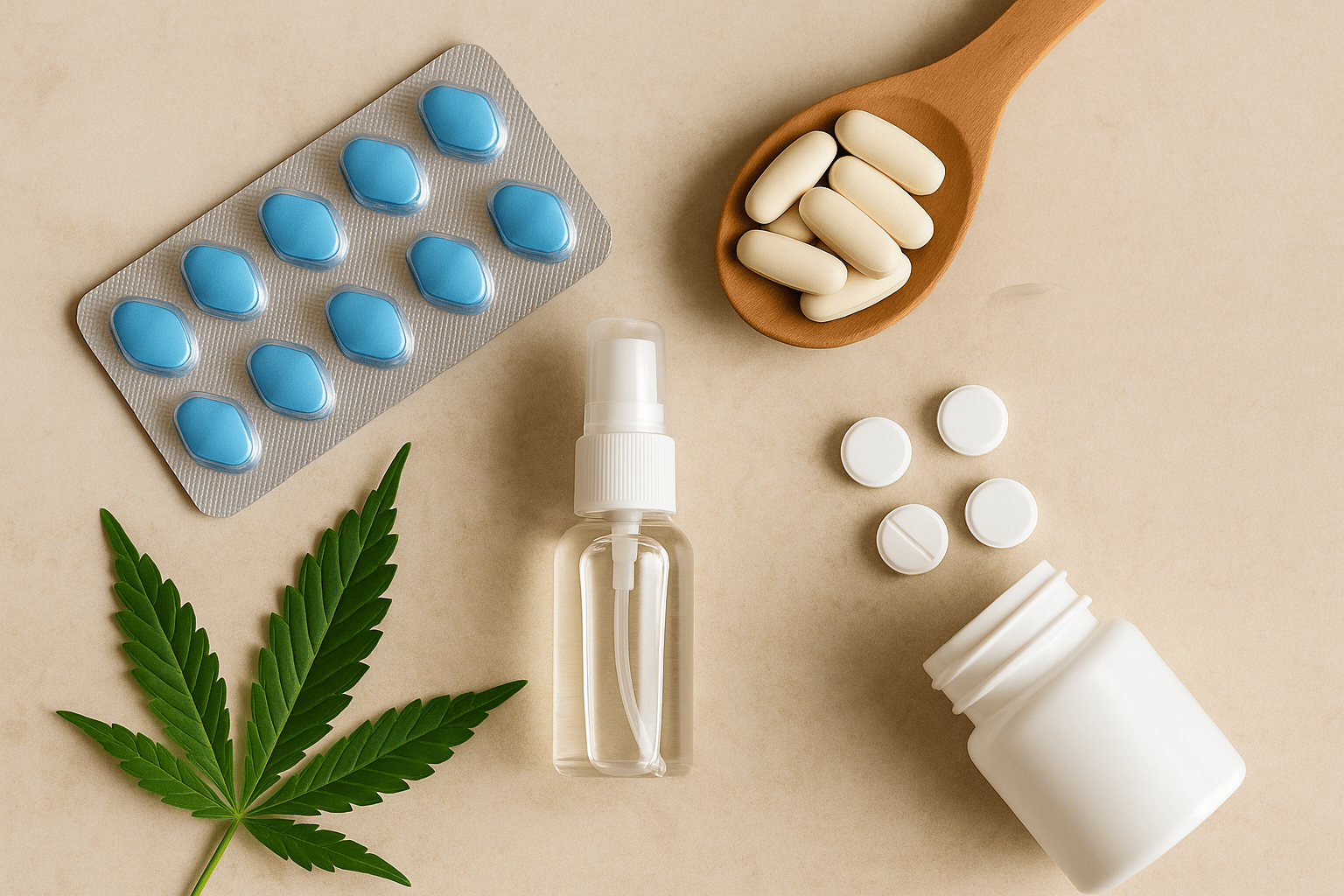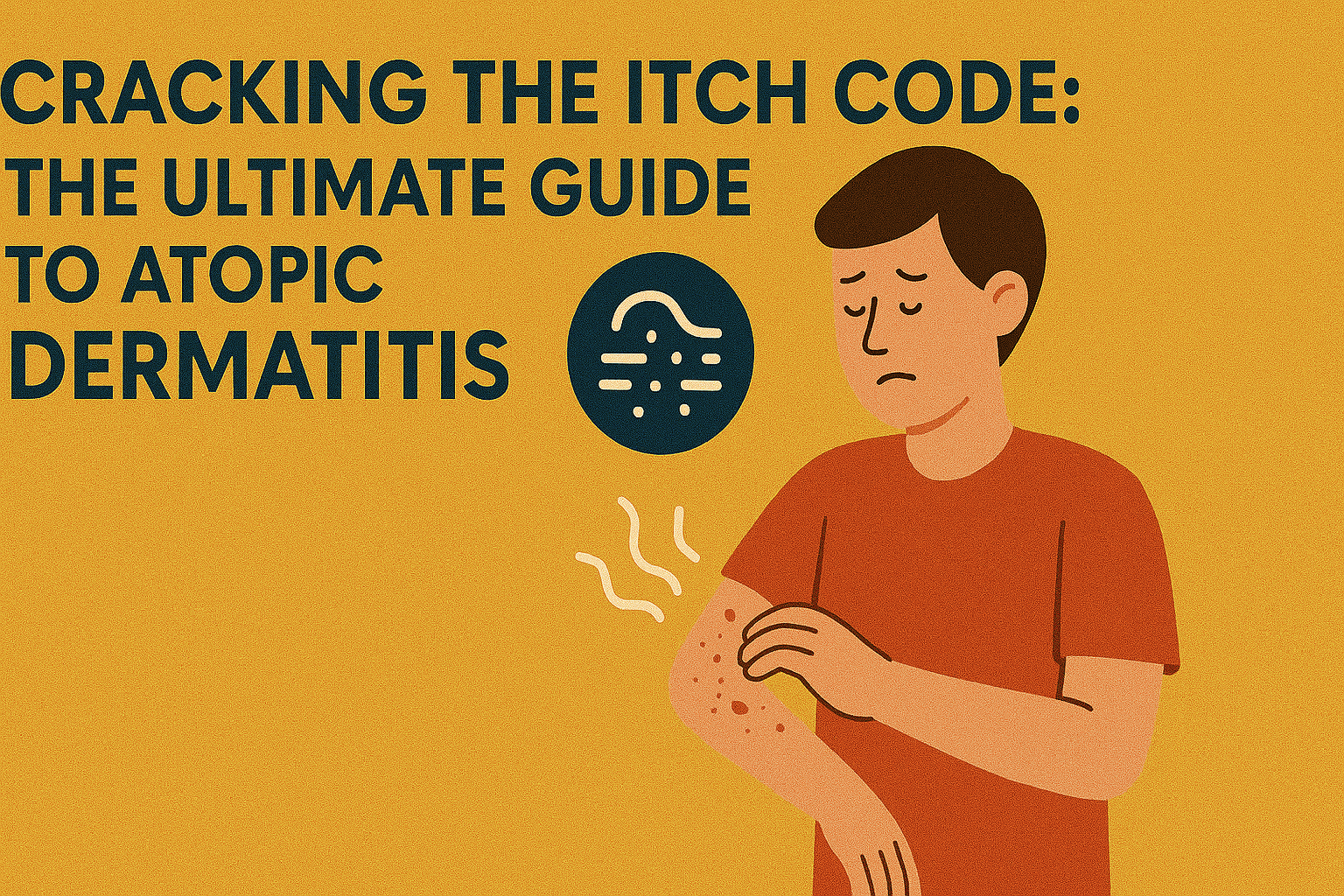It’s more common than most people realize: a noticeable dip in sexual desire that lingers for weeks, months, or longer. While society often paints intimacy as spontaneous and ever-present, the reality is far more complex. Research from the Journal of the American Medical Association reports that about 1 in 3 women and 1 in 5 men experience low libido at some point in their lives.
Low libido isn’t just a physical issue—it can affect self-esteem, strain relationships, and even signal underlying health problems. The good news? It’s treatable. This guide explores the causes of low libido, outlines expert-backed treatment strategies, and offers practical tools for restoring sexual wellness with confidence and care.
Why Low Libido Matters
Low libido, or hypoactive sexual desire, isn’t about “just not being in the mood.” It can stem from hormonal imbalances, chronic stress, mental health conditions, medications, or relationship issues. When left unaddressed, it can contribute to:
- Frustration or disconnection in relationships
- Reduced quality of life
- Mental health challenges such as anxiety or depression
- Unidentified underlying medical conditions
Identifying and treating low libido is about more than sex—it’s about overall well-being.
Key Benefits of Treating Low Libido
1. Change in Relationship Satisfaction
An open communication channel, along with a shared treatment procedure, can foster intimacy and emotional attachment between partners.
2. Refine Self-Confidence
By treating libido issues, an individual might have reduced feelings of guilt or shame, empowering them to be in charge of their health and identity.
3. Improvement in Physical Health
Most treatments for low libido are related to getting good periods of sleep, decreasing stress, and balancing hormones in one’s body—things that affect one’s general health beyond just sexual health.
4. Mental/Emotional Clarity
Sexual health is closely intertwined with emotional health. Treatment might relieve anxiety or feelings of being emotionally numb due to a fade in sexual desire.
Step-by-Step Guide on How to Treat Low Libido
Step 1: Determine the Causes
Tracking when and how the decline began is crucial. Look for possible changes in:
- Energy levels
- Mood or stress
- Medication use
- Hormonal transitions (menopause, andropause)
- Relationship dynamics
One might want to consider a full physical exam with a hormonal panel. Low testosterone, thyroid dysfunction, or depression might be possibilities.
Step 2: Consider Non-Medical Solutions
Not all answers come from a bottle. The majority can improve with lifestyle changes like:
- Stress reduction through mindfulness, meditation, or therapy
- Exercise: Moving the body daily produces more energy and releases dopamine
- Sleep hygiene: Impaired sleep has been linked directly to low libido
- Relationship therapy: Helps rebuild trust, intimacy, and emotional closeness
Step 3: Consider Medical or Therapeutic Treatments
Women:
- Addyi (flibanserin): For premenopausal women diagnosed with hypoactive sexual desire disorder
- Hormone therapy: Estrogen or testosterone can be considered in menopausal women
- Cognitive behavioral therapy: Targets anxiety and negative beliefs about sex
Men:
- Testosterone therapy: For men who have been diagnosed with low T
- Prescription medications: In some cases, these medications can increase desire because they help with performance issues
- Psychosexual therapy: For performance anxiety, trauma, or communication issues
Always see a specialist, whether a urologist, gynecologist, or sex therapist, before embarking on a treatment plan.
Real-World Case Study: From Frustration to Fulfillment
Name: Marcus, aged 41
Background: He suffered an almost continuous decrease in sexual desire following a demanding promotion, while fatigue and irritability were reported to have set in.
Approach: Upon being told that he had low testosterone through blood work, Marcus went for hormone therapy while working on lowering his stress through yoga once a week and therapy.
Outcome: Within three months, Marcus reported that he was feeling more energized, that his libido had been restored, and that he was communicating better with his partner.
“I mean, as soon as I stopped ignoring the problem and decided to deal with it professionally, things started rolling. It was much bigger than sex, it was my life that needed saving.”
This list gives actionable tips to rebuild desire.
- Talk it out. Be open with your partner; place issues on the table without blaming.
- Track physical symptoms. Record mood, sleep, energy, and libido levels in a diary.
- Adjust expectations. Desire goes up and down, mostly while undergoing major life transitions such as childbirth or menopause.
- New intimacy endeavors. Reconnect through touch, non-sexual affection, and shared activities.
- Appreciate therapy. Especially in the case of trauma, anxiety, or relationship issues.
Common Mistakes to Avoid
- Self-diagnosing or self-medicating. Over-the-counter supplements may interact with other medications and rarely work alone.
- Avoiding the topic. The silence may only fuel shame and misunderstanding in the relationships.
- Play the blame game on one partner. Often, low libido is a mixed bag caused by many factors, and there is a need to address it together.
- Focus on sex. Desire is tightly tied to emotional and physical wellness; therefore, the entire picture should be looked at.
What to Expect Now: The Future of Libido Treatments
1. Personalized Medicine
The intensity with which a doctor treats an individual is improved through genetic and hormone profiling.
2. Digital sexual health platforms
Rosy and Blueheart are two apps that provide guided therapy, education, and tracking tools for people with low libido.
3. Expanded Research for Women
More clinical trials are focusing on female sexual dysfunction, an area historically under-researched.
4. Holistic Treatment Models
Expect a rise in clinics that combine physical, emotional, and sexual health under one roof.
Conclusion: You’re Not Alone, and Help Is Within Reach
Low libido is a common, complex issue-but it is manageable. With the help of the right mix of medical, psychological, and relational support, desire can be reclaimed, relationships strengthened, and confidence built up.
Do not sit around waiting for it to heal. Get up and speak to a qualified counselor, explore your options, and begin the path toward a healthier, more connected you.
For more on sexual health, wellness strategies, and treatment innovations, sign up for our expert-backed health newsletter.




